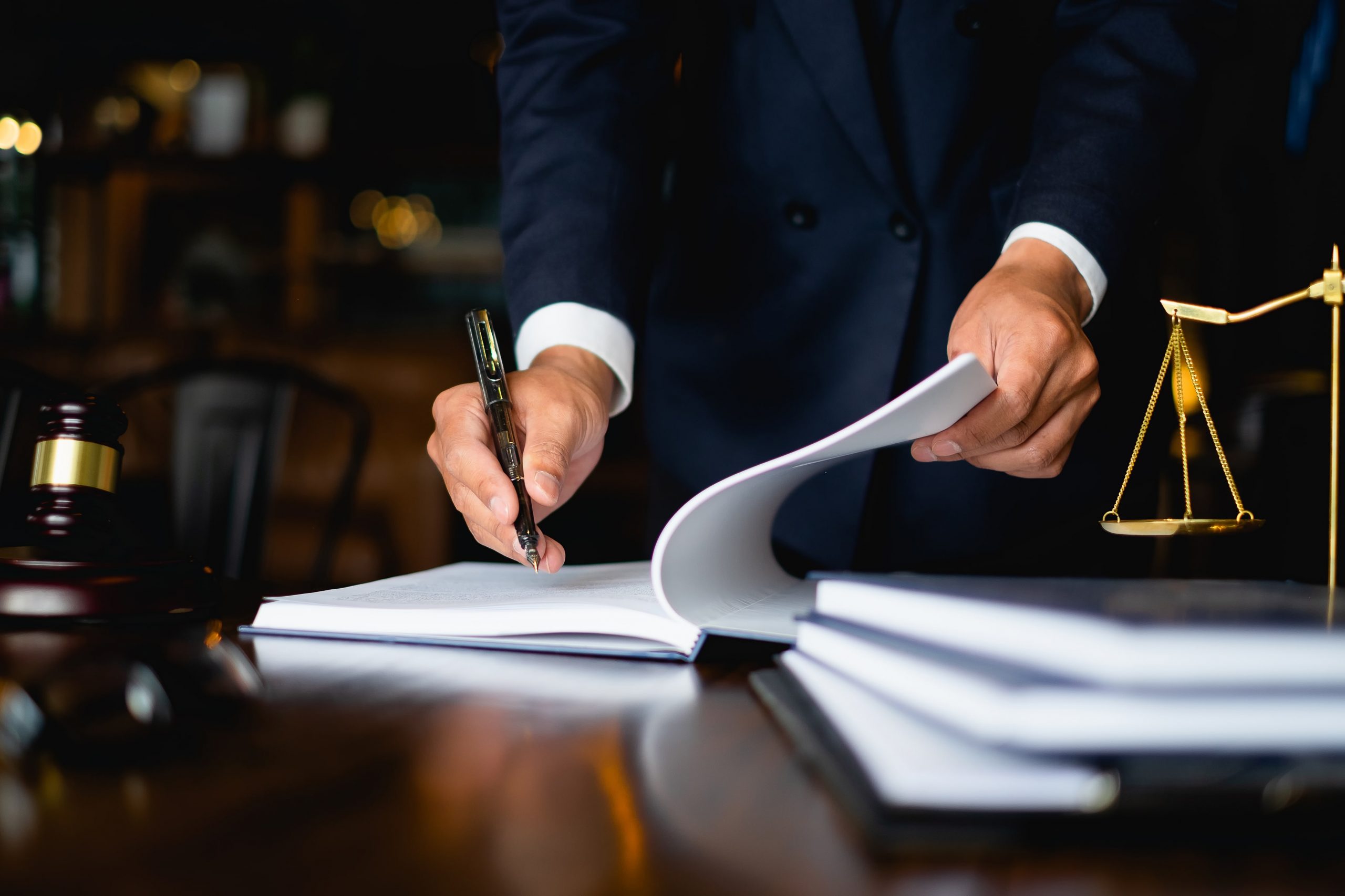
Advocate Criminal Lawyers: Expert Legal Representation in Sydney
Advocate Criminal Lawyers, a specialized firm based in Sydney, has carved a niche in providing exceptional legal representation, particularly in criminal law and traffic matters. Under the leadership of Mr. Diyab, a seasoned expert with over two decades of experience, the firm has demonstrated a consistent track record of handling complex cases with professionalism and dedication.
Local Court Expertise with a Personal Touch
At Advocate Criminal Lawyers, each case is personally handled by Mr. Diyab, ensuring that all aspects of the legal proceedings are meticulously overseen. This personalized approach is crucial when dealing with the Local Court, where the nuances of criminal law require a knowledgeable and experienced advocate. Whether it's assault, domestic violence, or serious crimes like robbery and murder, clients can trust Mr. Diyab to provide dedicated and effective legal representation.
Commitment to Confidentiality and Urgent Bail Matters
One of the standout features of Advocate Criminal Lawyers is their commitment to confidentiality and the handling of sensitive information. This is particularly important in criminal cases, where the stakes are high and the need for discretion is paramount. Additionally, the firm offers an after-hours service for urgent bail matters, ensuring that clients receive prompt assistance outside of normal business hours. This round-the-clock availability highlights their dedication to client needs, especially in times of crisis.
Specialized Handling of Traffic Offenses
Traffic offenses, though often overlooked, can have significant repercussions on an individual’s daily life and future opportunities. Advocate Criminal Lawyers provides expert legal advice and representation in various traffic-related charges. From minor infractions to more severe charges, Mr. Diyab’s extensive experience in traffic law ensures that clients receive the best possible outcome, minimizing potential penalties and helping them navigate through the complexities of the legal system.
Affordable Fees Fixed for Transparent Billing
Understanding the financial strain that legal issues can impose on individuals, Advocate Criminal Lawyers have implemented a transparent billing system with affordable fees fixed from the outset. This approach not only helps clients plan financially but also fosters a trusting relationship between the lawyer and client. By knowing the costs upfront, clients can make informed decisions about their legal representation without the worry of hidden charges or escalating fees.
The Assurance of Experience and Specialization
With over 20 years of specializing in criminal law, Mr. Diyab’s expertise is a significant asset to his clients. His comprehensive understanding of both the theoretical and practical aspects of criminal defense provides a robust foundation for advocating on behalf of his clients. Moreover, his hands-on approach in taking personal carriage, responsibility, and conduct of all matters ensures that each client’s case is treated with the highest level of professionalism and attention.
Conclusion: Why Advocate Criminal Lawyers is the Right Choice
Choosing the right legal representation can be daunting. However, with Advocate Criminal Lawyers, clients are assured of a firm that not only provides specialized knowledge and experience in criminal and traffic law but also values confidentiality, client welfare, and transparent billing. Mr. Diyab’s personal commitment to each case guarantees that every client receives top-notch legal support tailored to their specific circumstances. For those facing legal challenges in Sydney, Advocate Criminal Lawyers offers a reliable and effective legal partnership.
In conclusion, whether it’s a minor traffic offense or a more serious criminal charge, Advocate Criminal Lawyers and Mr. Diyab provide the expertise, dedication, and support necessary to navigate the legal system, ensuring the best possible outcome for their clients. Their client-centered approach, coupled with a clear fee structure and comprehensive legal services, makes them an ideal choice for anyone seeking legal representation in Sydney.

